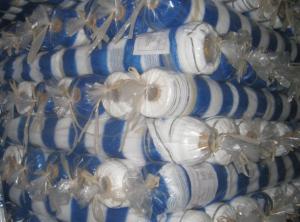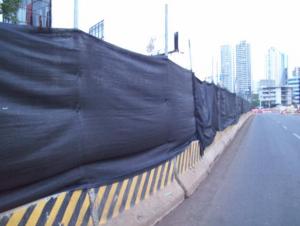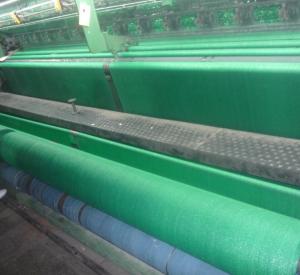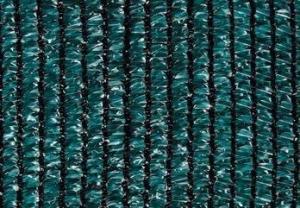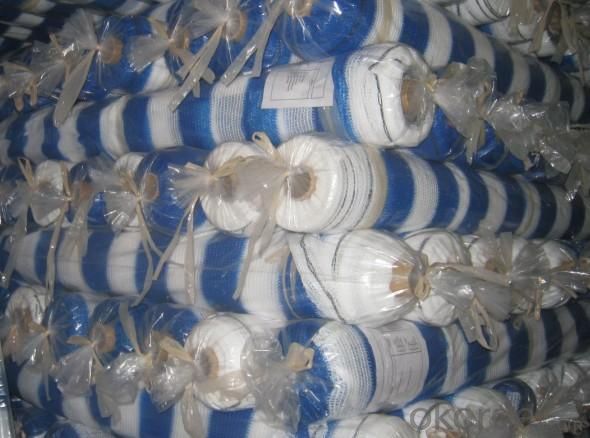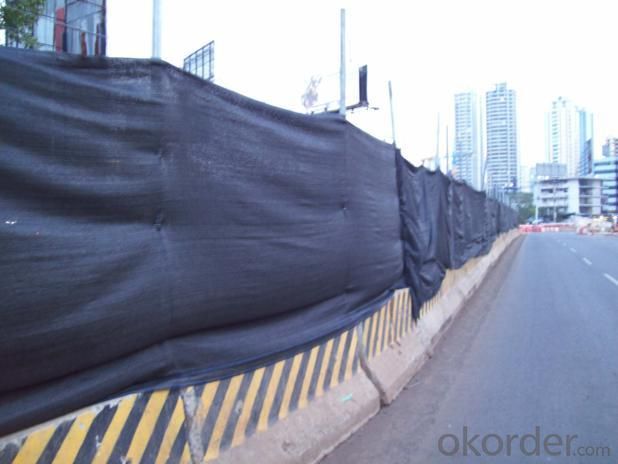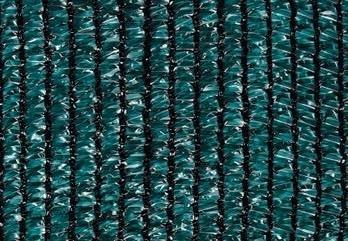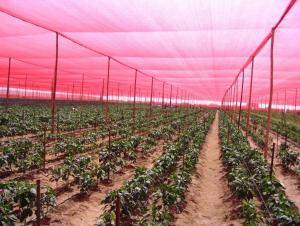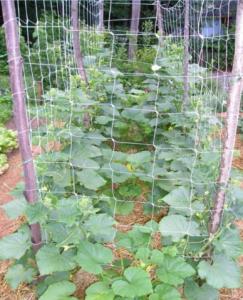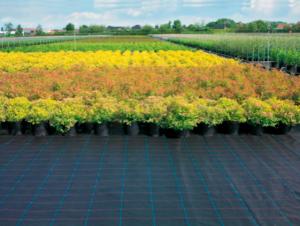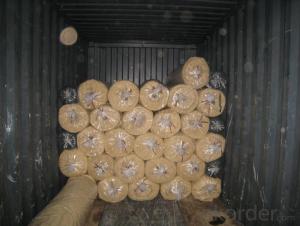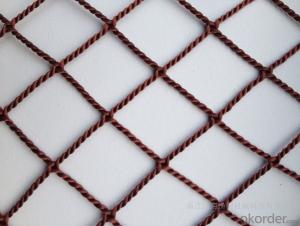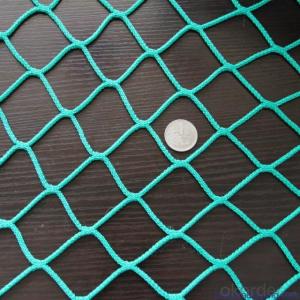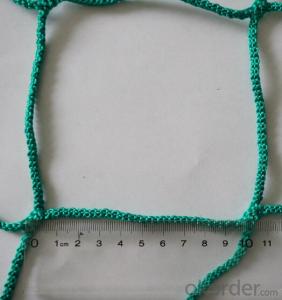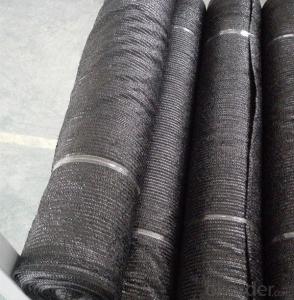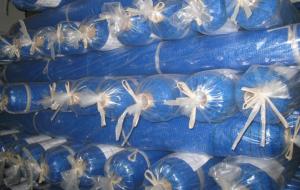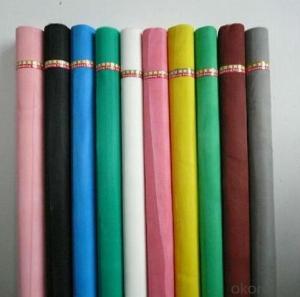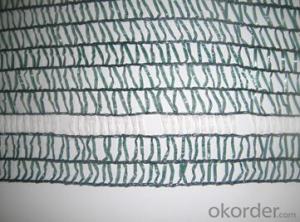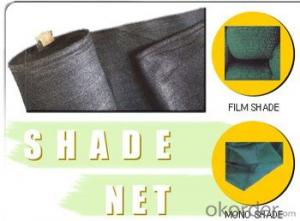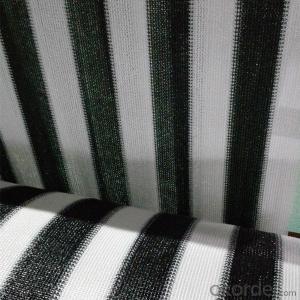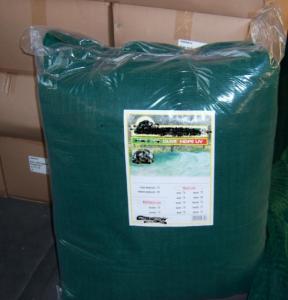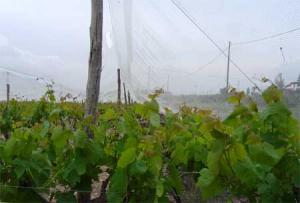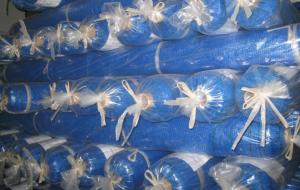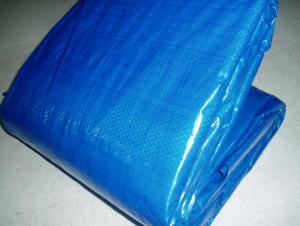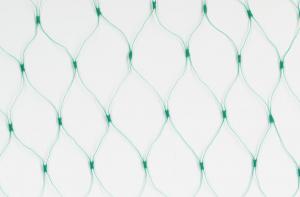Plastic Nets - Sunshade Net 180g for Agriculture and Garden
- Loading Port:
- China Main Port
- Payment Terms:
- TT or L/C
- Min Order Qty:
- 2000kg m²
- Supply Capability:
- 500T/month m²/month
OKorder Service Pledge
OKorder Financial Service
You Might Also Like
Sunshade Net
Introduction of Sunshade net 180g:
It is weaved by High-density polyethylene (HDPE) UV stabilised tape filament, and it is good product to shade the plant. It is widely used in agriculture, and horticulture.
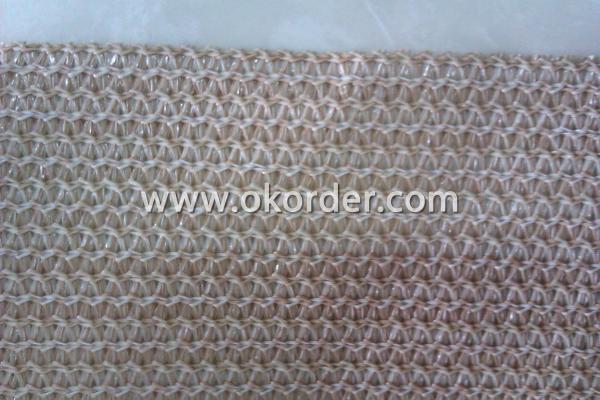
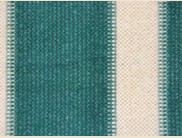

Based on order, other weaves are also available.
Specifications of Sunshade net 180g:
Material base fabric | Fabric Weight | Shade Factor | Uv. Content | Temperature range |
HDPE | 50gsm up to 150gsm Standard weight: 70gsm, 75gsm, 80gsm, 90gsm, 95gsm | 60%, 70%, 80%, 90% | 0.3% or 0.5% | -40 ~ +80oC |
Width: 1m, 1.5m, 2m, 3m, 4m, 5m,
Length: 20m, 50m, 100m
Color: Black, Green, Dark Green, Blue / White, Green / White
Minimum life length: 4 years, under normal weather conditions and use.
Applications of Sunshade net 180g:
- Shading meshes for solar protection of crops.
- Restricting ultraviolet ray action on plants.
- Reducing humidity loss in soil.
- Enhances plant airing.
- Protection against extreme temperatures.
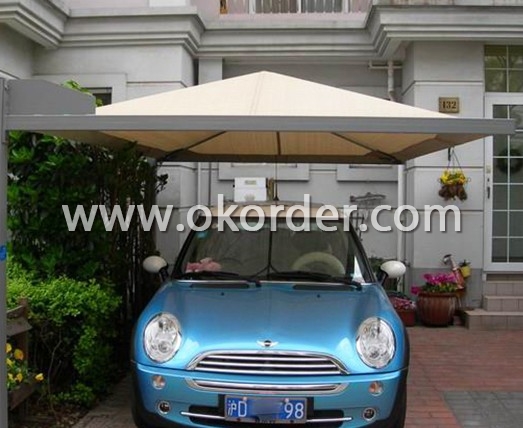
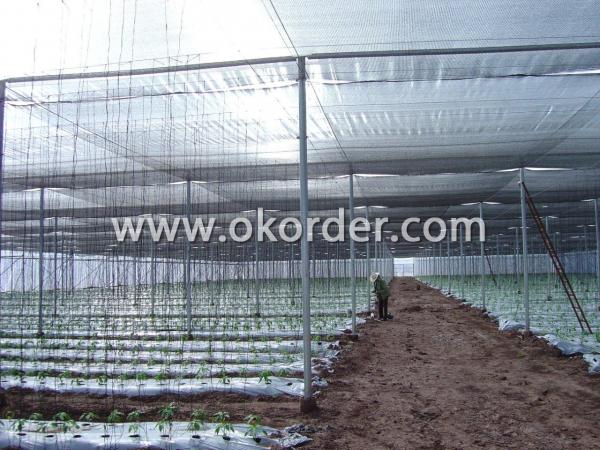
Packing of Sunshade net 180gsm:
rolls on cardboard tubes & wrapped in plastic.
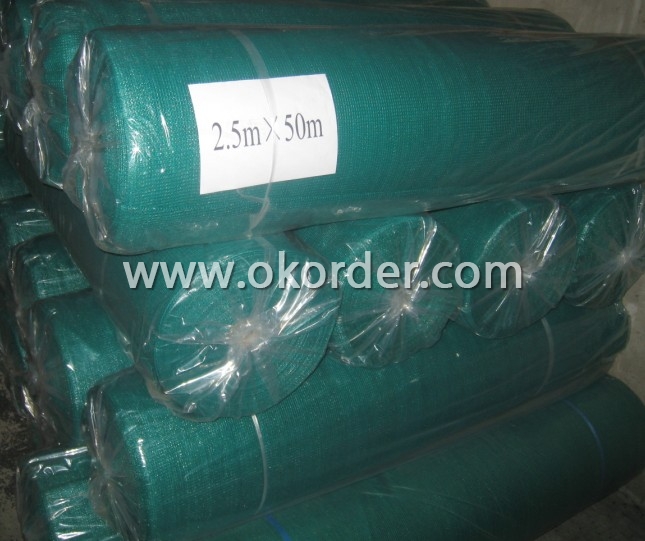
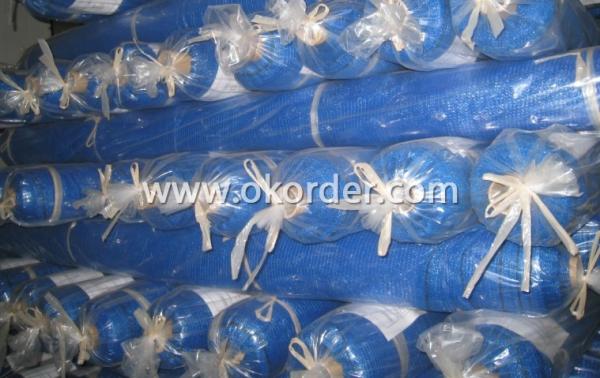
- Q: Are plastic nets flexible?
- Yes, plastic nets are generally flexible.
- Q: Are plastic nets suitable for use in oil and gas industries?
- No, plastic nets are not suitable for use in oil and gas industries.
- Q: Can plastic nets be used for insulation?
- Yes, plastic nets can be used for insulation. Plastic nets provide a form of thermal insulation by creating air pockets between the net and the surface it is applied to. This helps to reduce heat transfer and improve energy efficiency in various applications such as construction, agriculture, and packaging.
- Q: How do plastic nets affect waste reduction efforts?
- Plastic nets play a significant role in waste reduction efforts by effectively trapping and containing waste materials, preventing them from polluting the environment. These nets are commonly used in various applications such as fishing, agriculture, and construction to contain and manage waste, preventing it from spreading and causing further contamination. Additionally, plastic nets can be recycled and reused, contributing to the circular economy and reducing the overall generation of waste. Therefore, plastic nets are an important tool in waste reduction efforts.
- Q: Can plastic nets be used for aquaponic systems for fish containment?
- Yes, plastic nets can be used for aquaponic systems for fish containment. They provide a cost-effective solution for creating barriers within the system to keep fish contained and prevent them from escaping. Additionally, plastic nets are resistant to water and durable, making them suitable for long-term use in aquaponic setups.
- Q: Can plastic nets be used for packaging personal care products?
- Yes, plastic nets can be used for packaging personal care products. They provide a lightweight and durable solution for holding and protecting various items such as soaps, sponges, brushes, and other cosmetic products. The netting allows for easy visibility and breathability, making it suitable for packaging personal care items.
- Q: Are plastic nets resistant to weather conditions?
- Plastic nets are generally resistant to weather conditions as they are designed to withstand various climates and environmental factors, such as rain, sunlight, and temperature fluctuations. However, prolonged exposure to extreme weather conditions may eventually deteriorate their durability and effectiveness.
- Q: Are plastic nets used in the horticulture industry?
- Yes, plastic nets are commonly used in the horticulture industry for various purposes such as supporting plants, providing shade, preventing pests, and promoting plant growth.
- Q: How long do plastic nets last?
- The lifespan of plastic nets can vary depending on factors such as the quality of the material, usage intensity, and environmental conditions. However, on average, plastic nets can last anywhere from a few months to several years.
- Q: How do plastic nets contribute to environmental pollution?
- Plastic nets contribute to environmental pollution primarily through their non-biodegradable nature and potential for entanglement. When plastic nets are discarded or lost in the environment, they can persist for hundreds of years, releasing microplastics and posing a threat to various organisms. Additionally, these nets can entangle marine life, leading to injury or death. Their accumulation in water bodies and ecosystems further exacerbates pollution and disrupts the natural balance of ecosystems.
1. Manufacturer Overview
| Location | Zhejiang, China |
| Year Established | 1995 |
| Annual Output Value | Below US$1 Million |
| Main Markets | 50% CHINA , 50% OVERSEA |
| Company Certifications | ISO9001:2000 |
2. Manufacturer Certificates
| a) Certification Name | |
| Range | |
| Reference | |
| Validity Period |
3. Manufacturer Capability
| a) Trade Capacity | |
| Nearest Port | Ningbo, China |
| Export Percentage | 1% - 10% |
| No.of Employees in Trade Department | 3 |
| Language Spoken: | English; Chinese |
| b) Factory Information | |
| Factory Size: | Above 100,000 square meters |
| No. of Production Lines | Above 10 |
| Contract Manufacturing | OEM Service Offered; Design Service Offered |
| Product Price Range | High; Average |
Send your message to us
Plastic Nets - Sunshade Net 180g for Agriculture and Garden
- Loading Port:
- China Main Port
- Payment Terms:
- TT or L/C
- Min Order Qty:
- 2000kg m²
- Supply Capability:
- 500T/month m²/month
OKorder Service Pledge
OKorder Financial Service
Similar products
Hot products
Hot Searches
Related keywords
